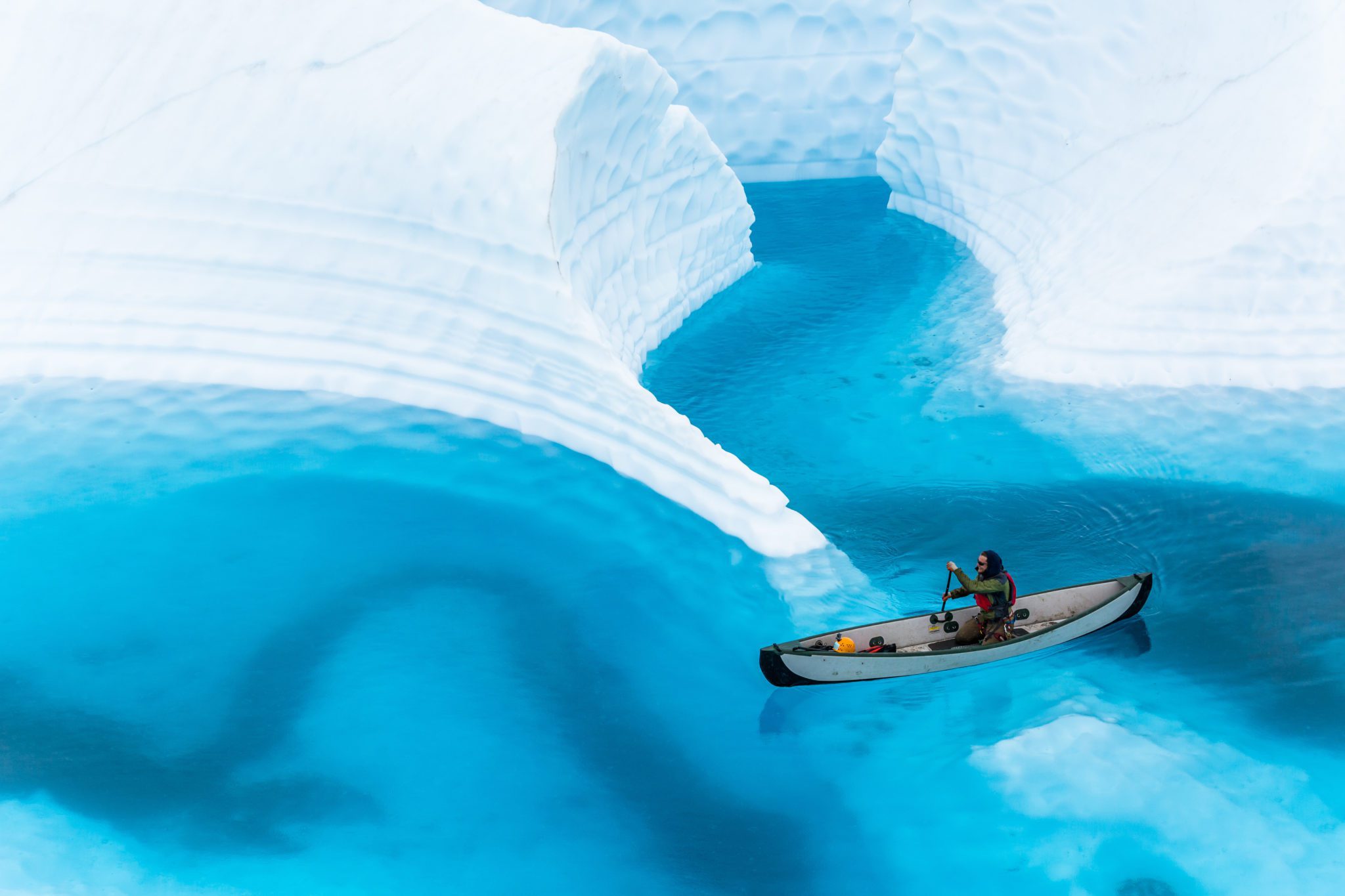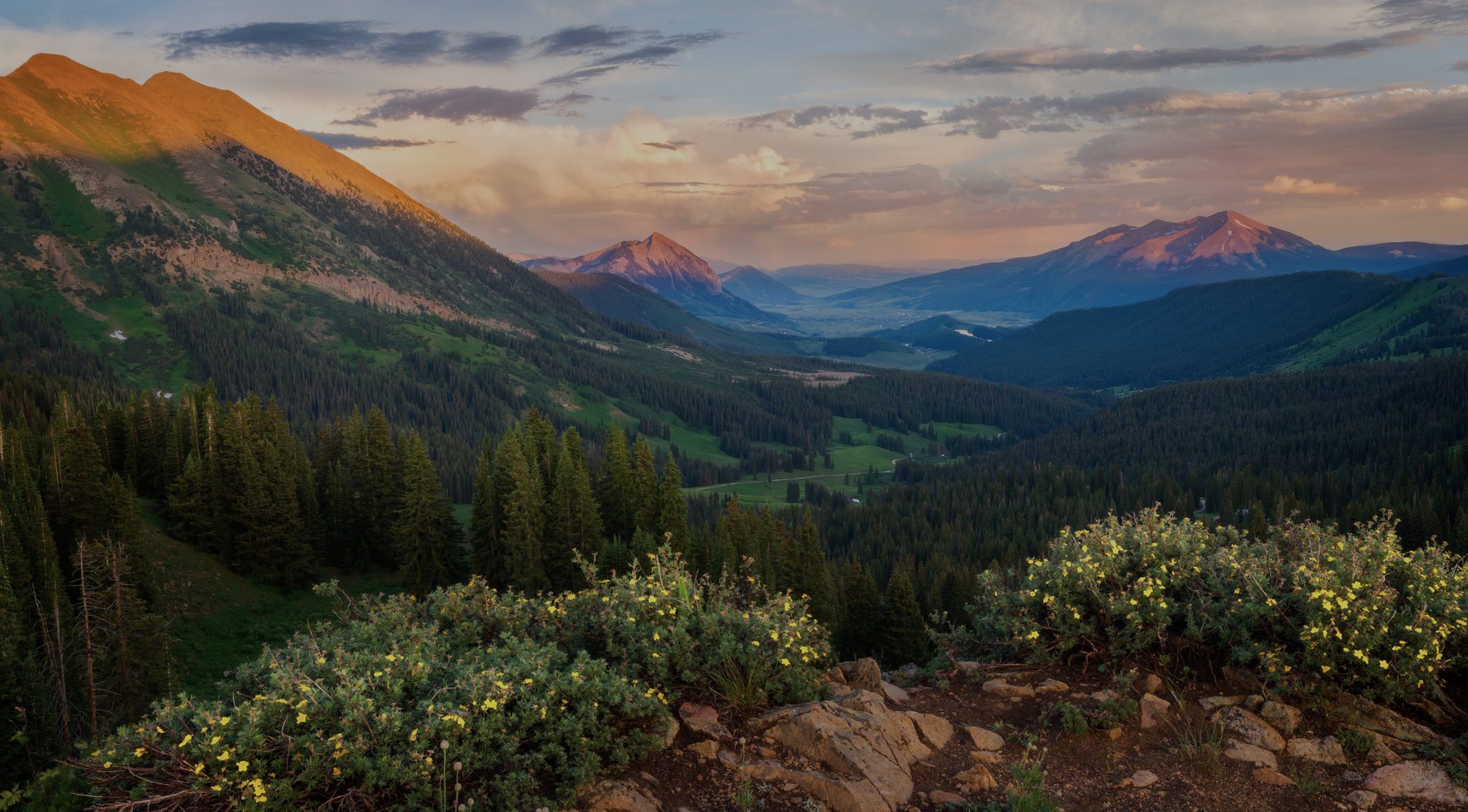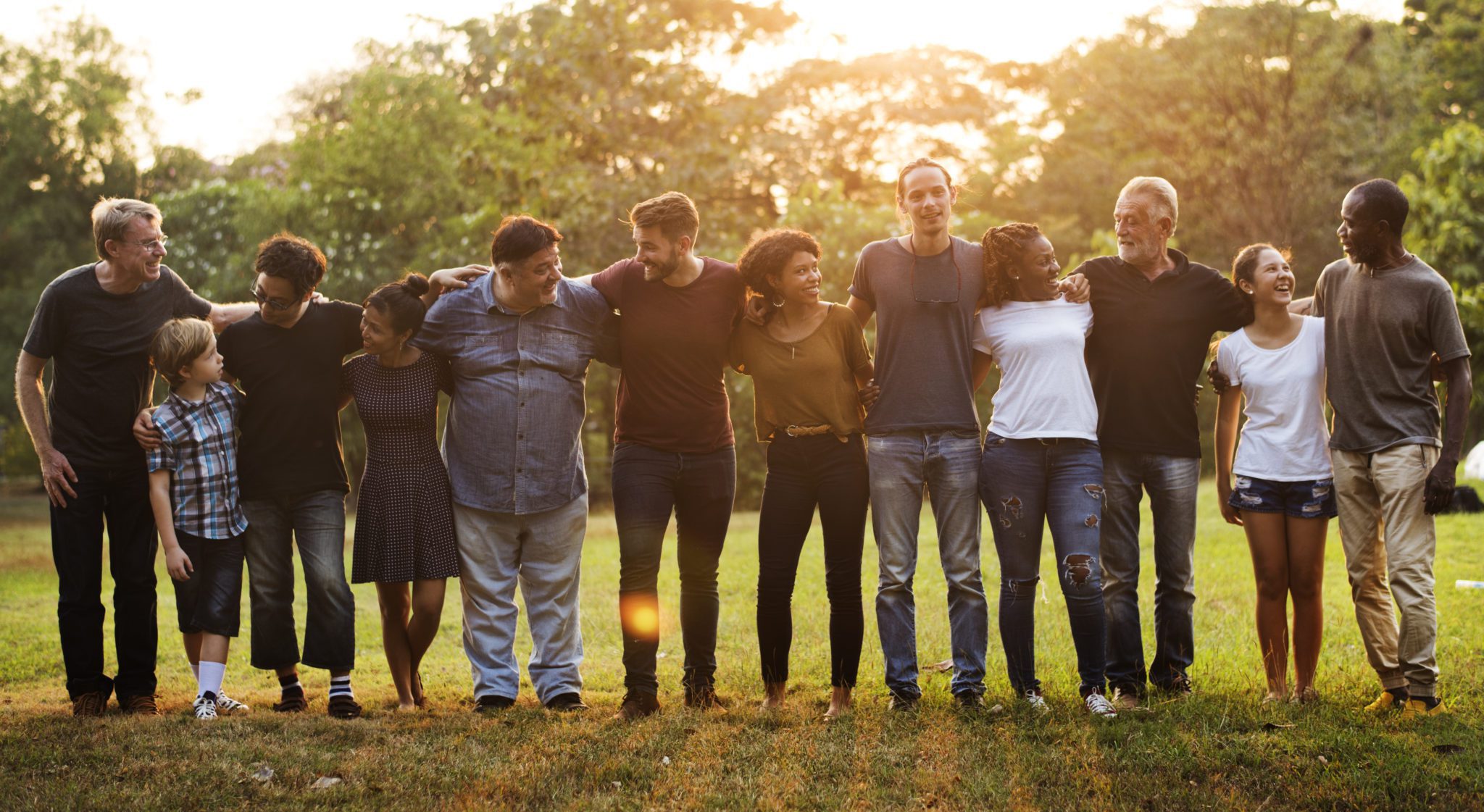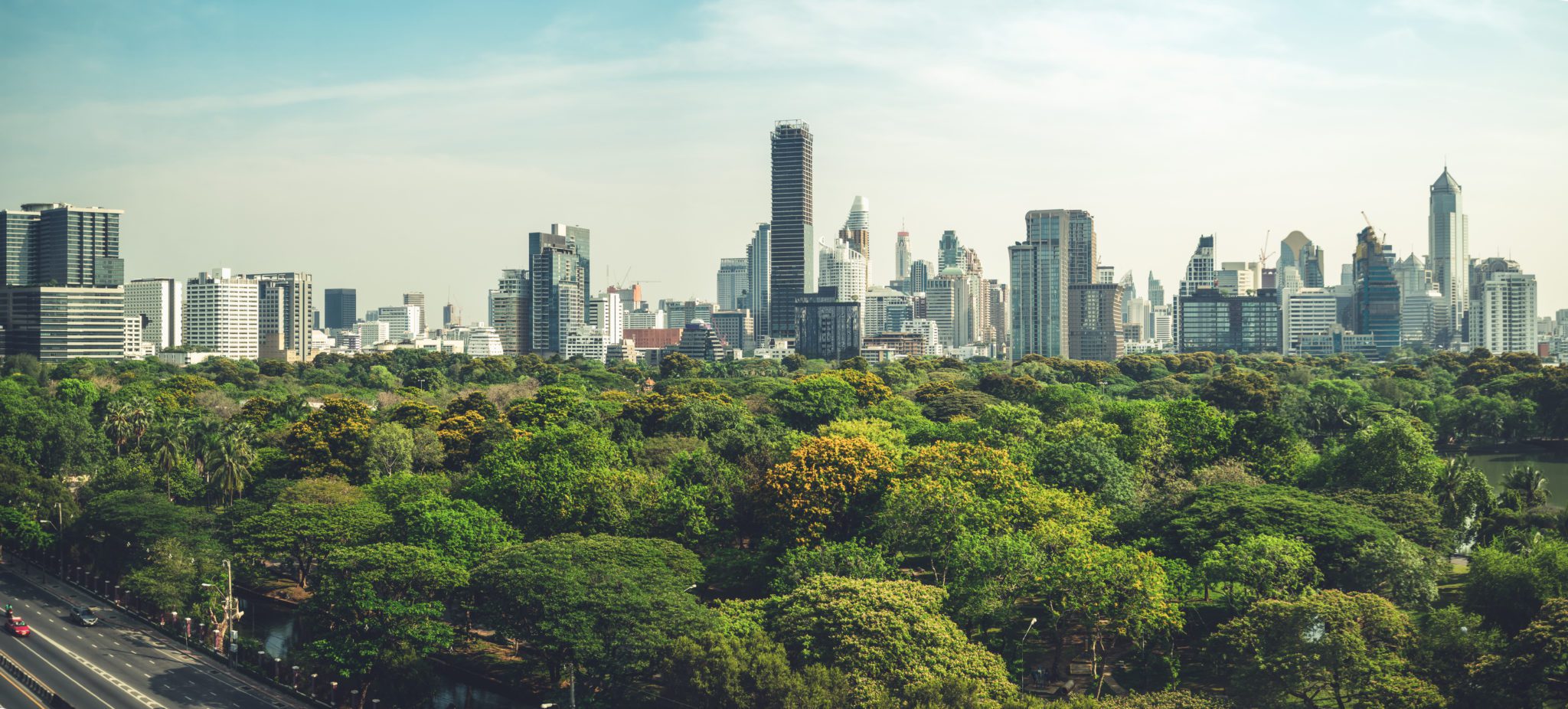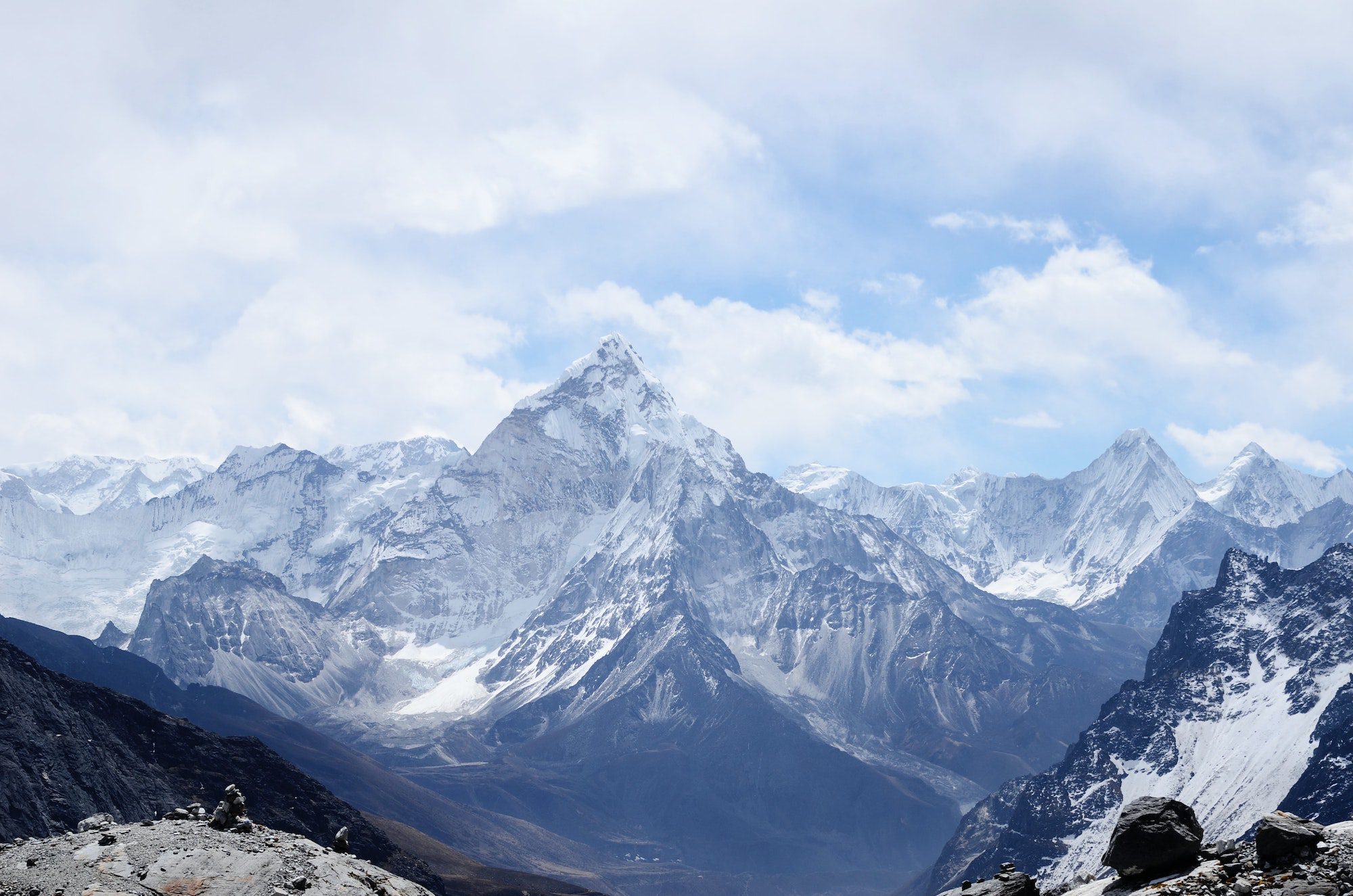Here at OIA, our research team focuses on providing you with insights into the outdoor consumer: what drives their choices, what gear they choose, and what they value about their outdoor experiences. With our new monthly newsletter — Research Roundup — we aim to deliver the best data from our partner, CivicScience, who can reach hundreds of thousands of consumers in real-time to ask questions and gather insights that give you clear insights. You’ll also gain easy access to the full catalog of research reports we offer as well as trends we are tracking.
Happy reading!
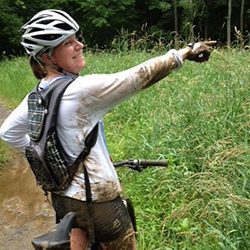
Kelly Davis
Director of Research
Outdoor Consumer Intelligence: One in Three Hikers Identify as Fashionistas; the Other Two Want Comfort, Function, and Value
This week, we look at the fashion sense of hikers. Nearly 60 million Americans will hike in 2022, so we wondered how they think about fashion trends and their hiking apparel. We worked our way through CivicScience’s consumer intelligence database and found some clues. Turns out, most hikers (68 percent) say they don’t care about fashion trends at all, and interest in fashion declines with age. Men are far less likely to say that fashion trends influence their hiking apparel choices, and young women are most likely to self-identify as fashion innovators, leaders, and followers.
These insights could help suppliers and retailers better understand their customers and more effectively target different segments. Check out the data:
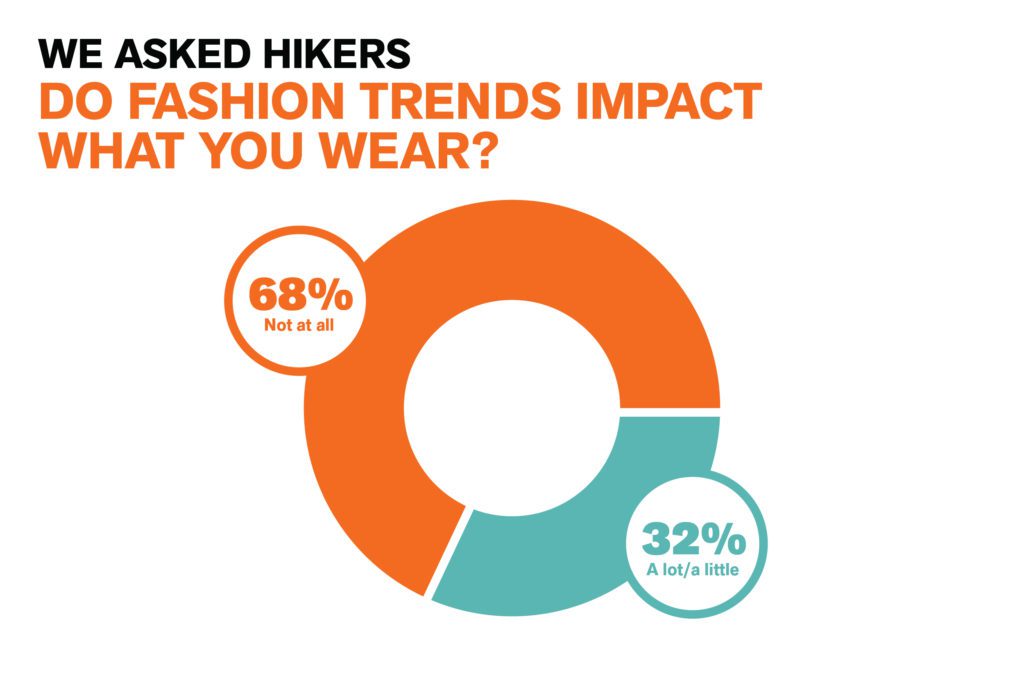 Nearly all (93 percent) of the hikers who say “trends do not impact what I wear” report that they are just “not into fashion.” These consumers are more likely to consider functionality, durability, value, and comfort over style or trendiness when deciding what to buy.
Nearly all (93 percent) of the hikers who say “trends do not impact what I wear” report that they are just “not into fashion.” These consumers are more likely to consider functionality, durability, value, and comfort over style or trendiness when deciding what to buy.
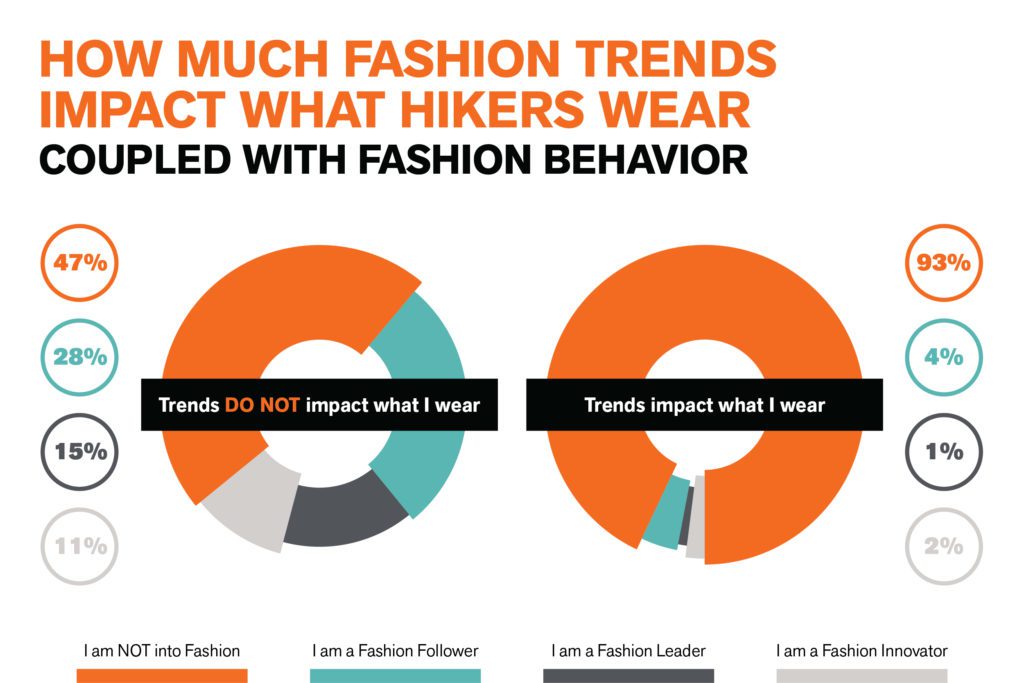
The segment that reported that trends don’t impact their choices AND indicated that “they are not into fashion” is made up of mostly male (68 percent) and older hikers, including men over 55 (88 percent) and women over 55 (72 percent).
Among the 32 percent of hikers (see figure 1) who say that fashion trends do impact what they wear are self-professed fashionistas: 26 percent of them consider themselves either fashion innovators or leaders, and 28 percent say they are fashion trend followers. And about half of those who say trends do impact what they wear say they are not into fashion; this seems confusing, but humans can be complex—some individuals realize that, even though they are not focused on fashion, trends still have an impact on what they wear on the trail.
This group will consider look, trendiness, and brand appeal to varying degrees when they purchase outdoor apparel. This group would also be more likely to prioritize buying a fresh look before considering product features like functionality, durability, value, and comfort. Females make up 60 percent of this group, and males make up 40 percent.
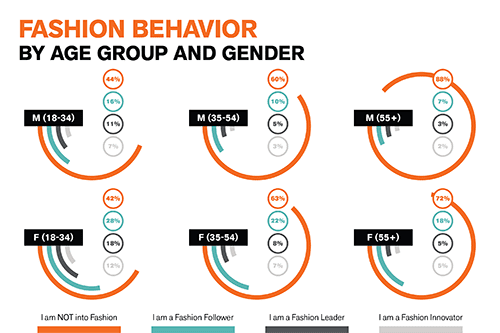
Regardless of gender, older consumers are less likely to be influenced by fashion trends, and older males are most likely not to be into fashion or trends. Young females, however, are most interested in fashion trends. In fact, 30 percent of women ages 18 to 34 consider themselves fashion innovators or leaders, and another 28 percent of women in this age group said they are fashion followers.
Selling into this market will require brands to be focused on trend with their products as opposed to being focused on value, durability, functionality, and comfort. That doesn’t mean that products that are trendy will not also need the more solid features like functionality and durability, but young consumers will make their calculations differently when purchasing apparel and will be more likely to choose style over substance.
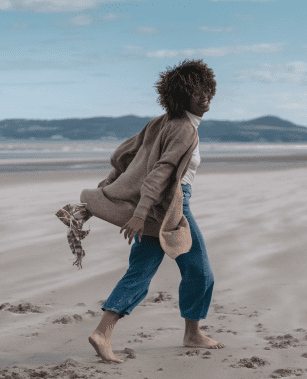 Trend Spotter: Meet the Coastal Grandmother
Trend Spotter: Meet the Coastal Grandmother
A growing group of women of all ages are dressing like they spend their days on art, philanthropy, and wine-fueled mischief at their beach houses. The look is simple, clean, neutral, and comfortable. Learn more about the trend here.
Data Trail Mix: Outdoor Participant Base Continues to Grow Post Pandemic Surge
Outdoor recreation is a large and growing industry that produced $689 billion in economic output in 2020, supports 4.3 million jobs, and is enjoyed by 165 million Americans over the age of 6 or roughly 53 percent of the total U.S. population. The outdoor industry has always been large, but the COVID-19 pandemic drove growth across the industry: More than 10 million new participants have enjoyed outdoor recreation since March 2020. Limited options for safe indoor activities during the pandemic—particularly group activities—drove growth in outdoor recreation, especially prior to the delivery of vaccines. However, the continued growth of the participant base in 2021 indicates that the need for safer places to interact was not the sole variable driving growth.
Categories that attracted many new participants during the pandemic—including walking, hiking, car camping, trail running, skateboarding, and birdwatching—are some of the most accessible activities, and they enjoyed continued growth in 2021 following their epic increases in 2020.




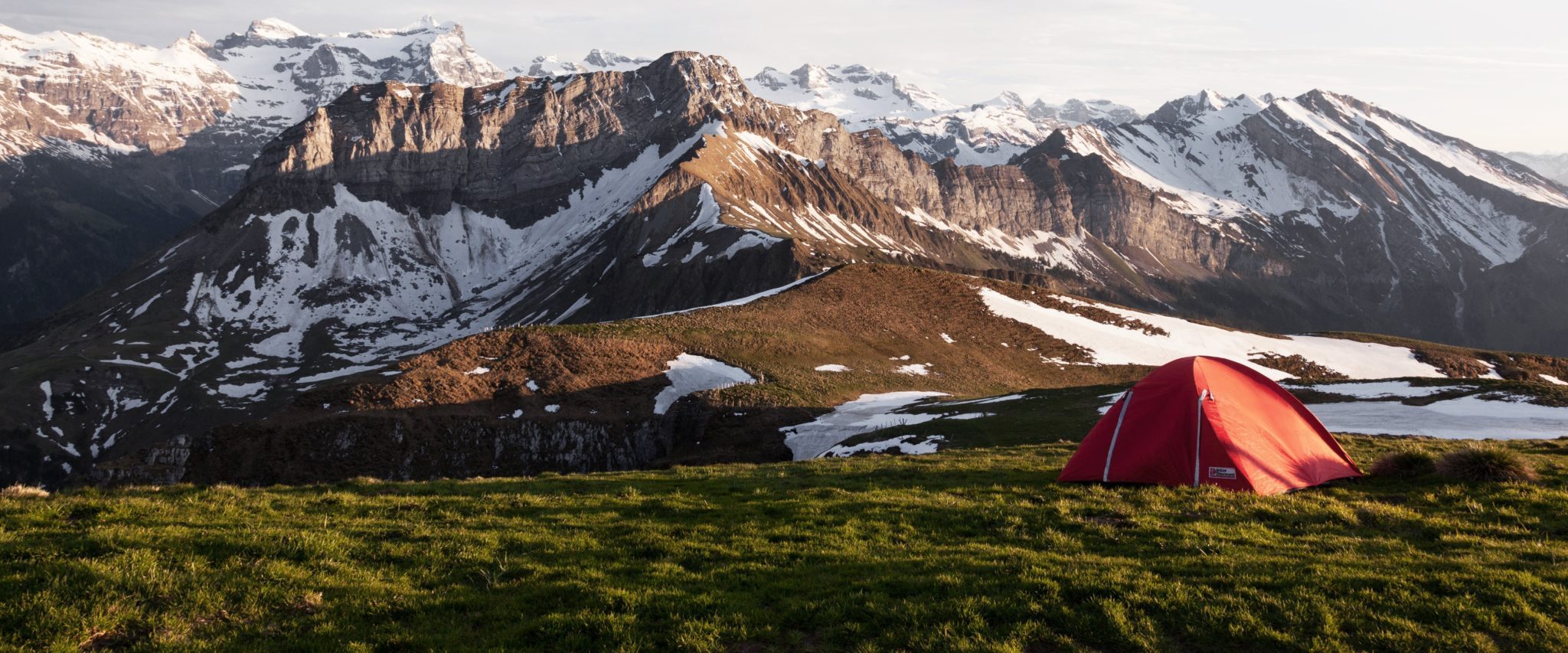
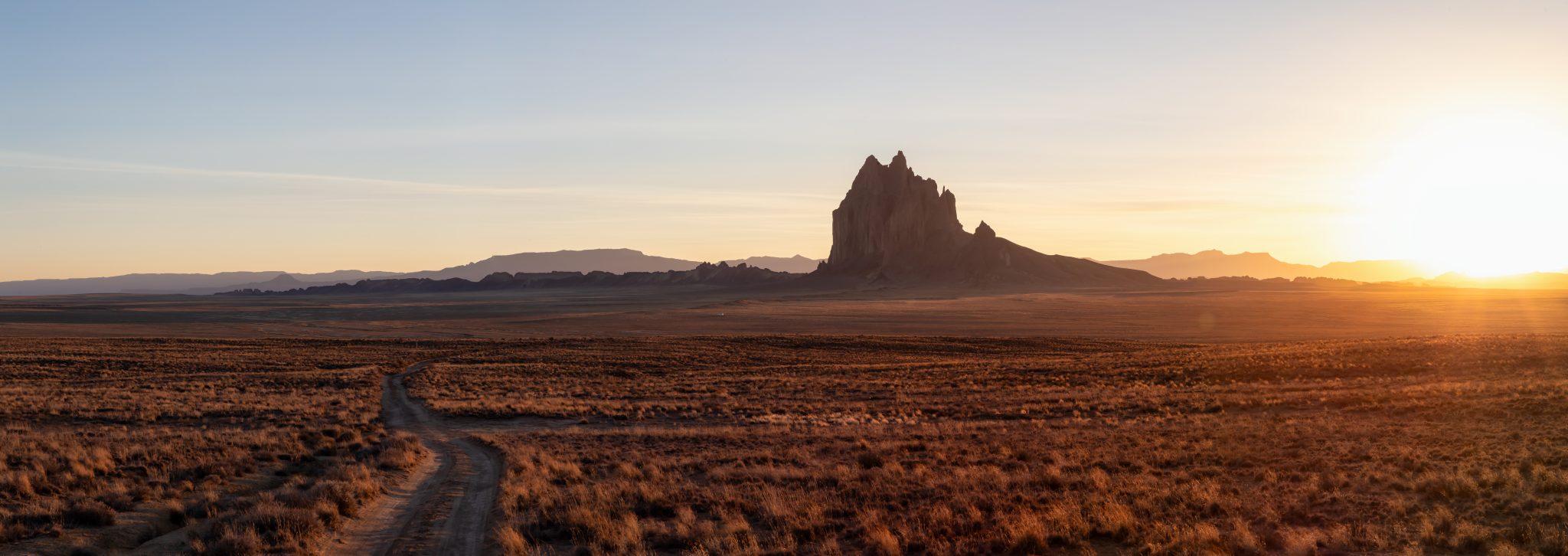
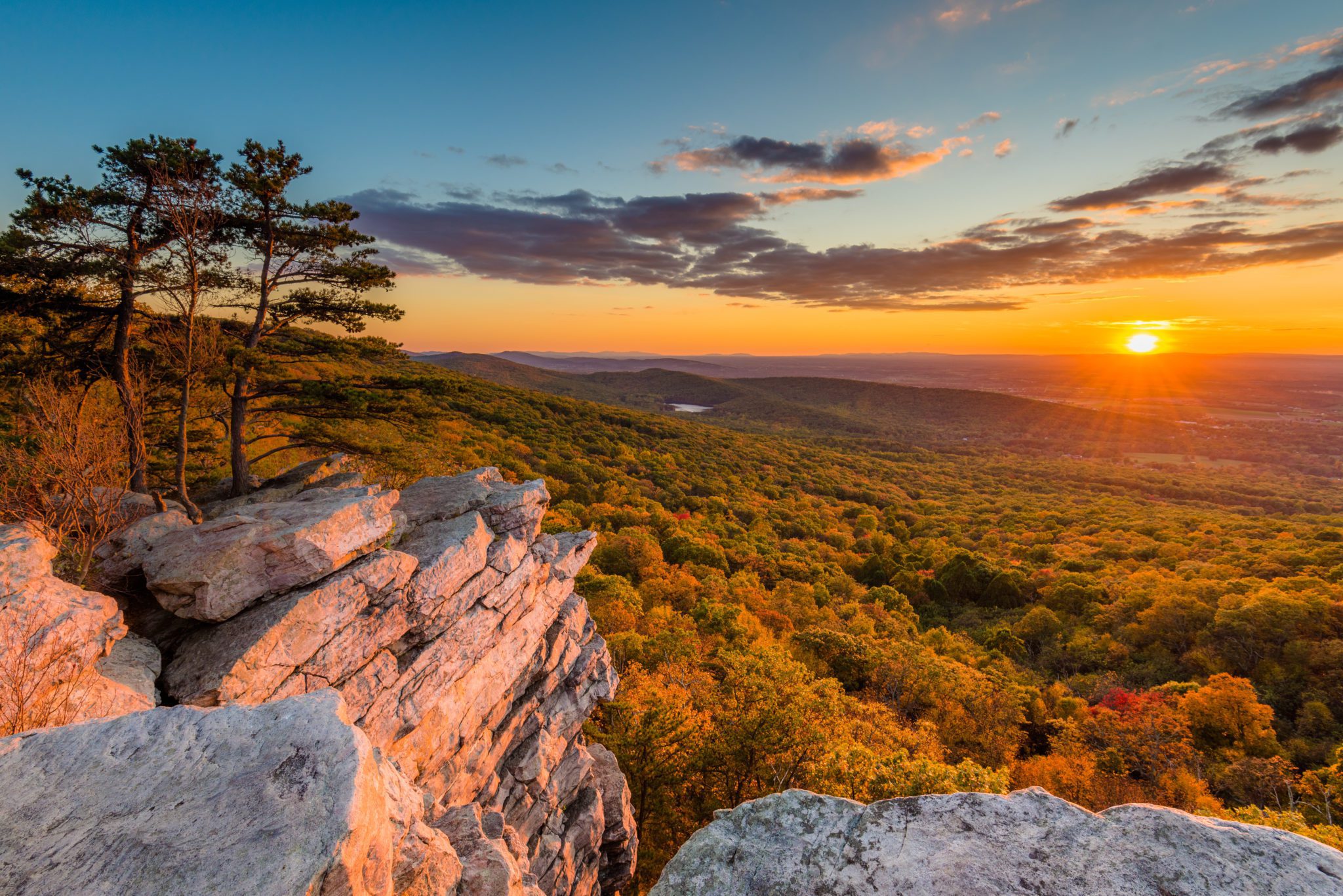
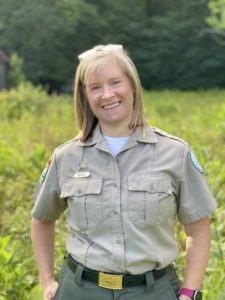
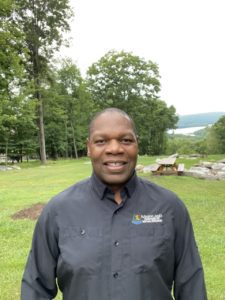
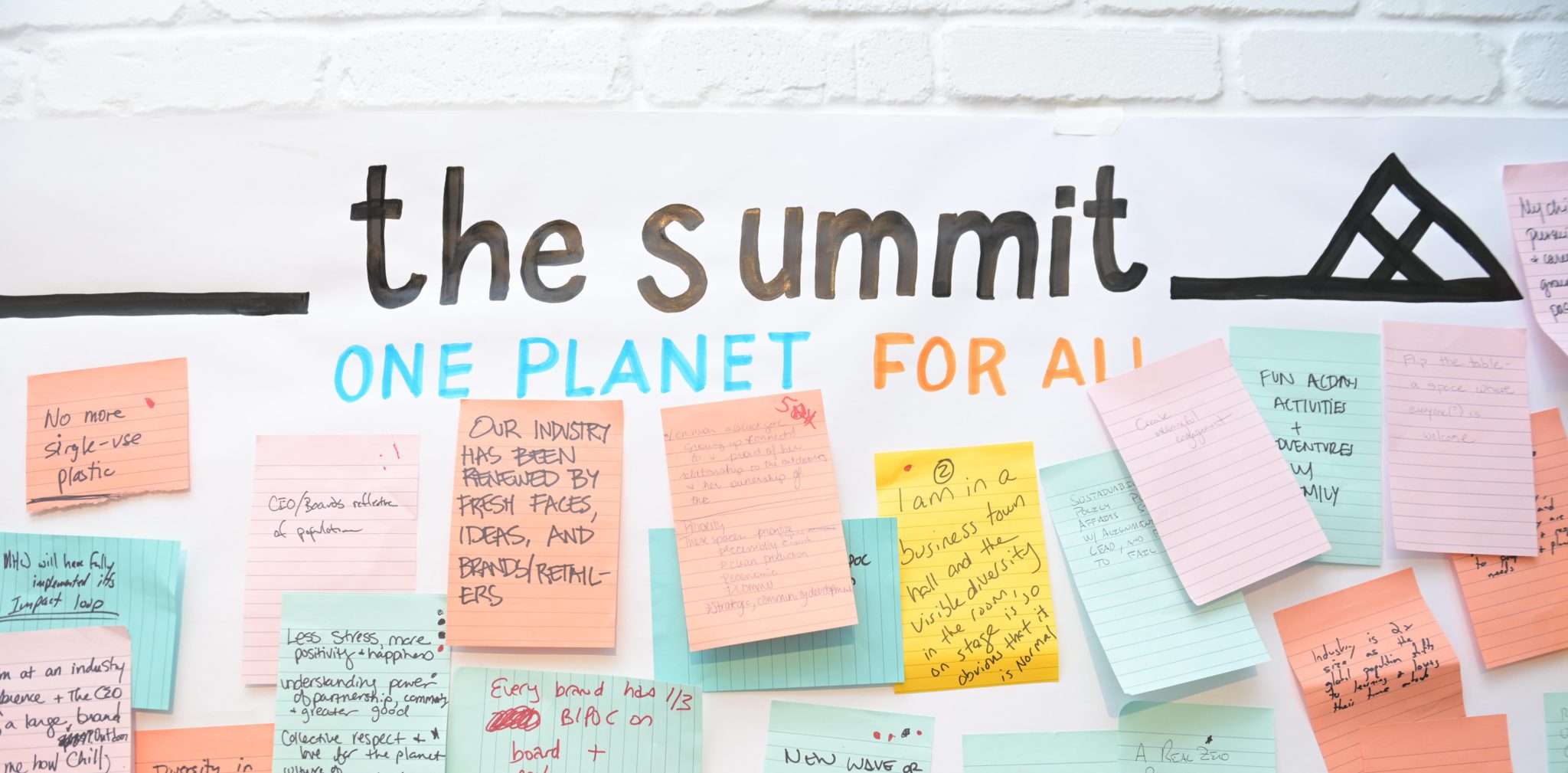
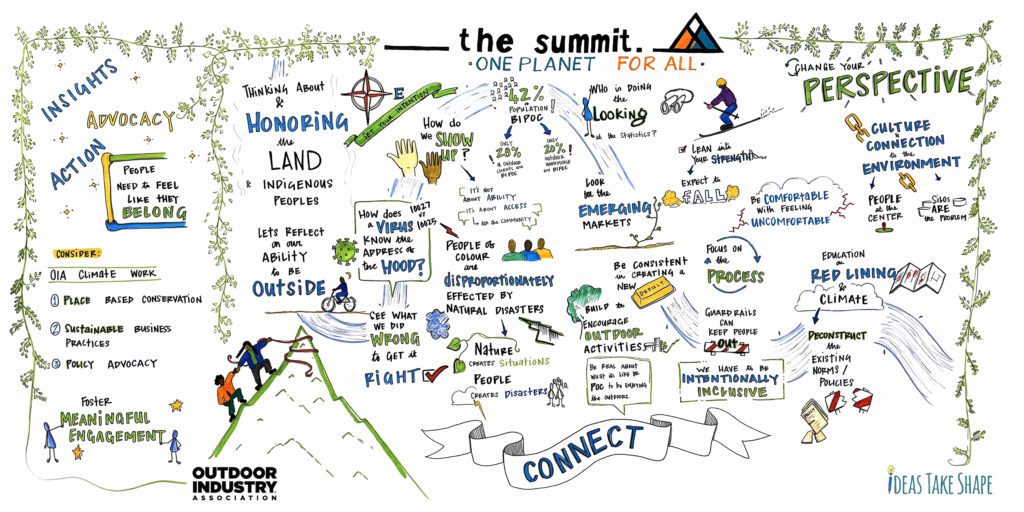
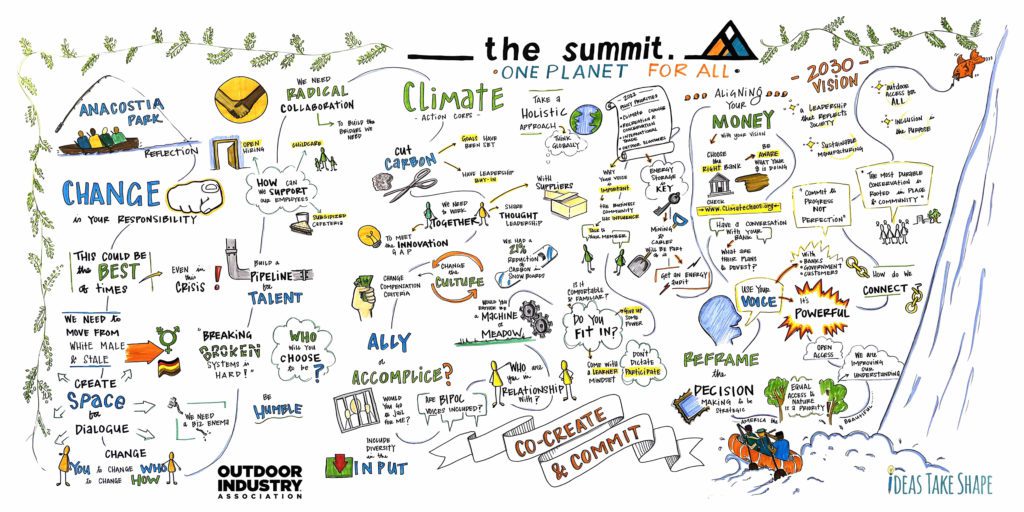
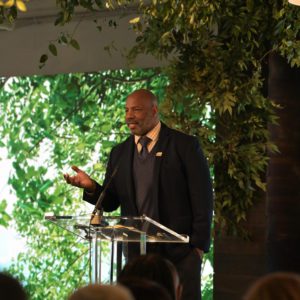
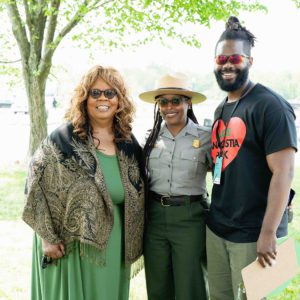

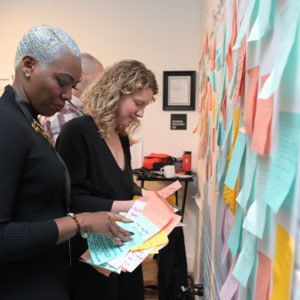
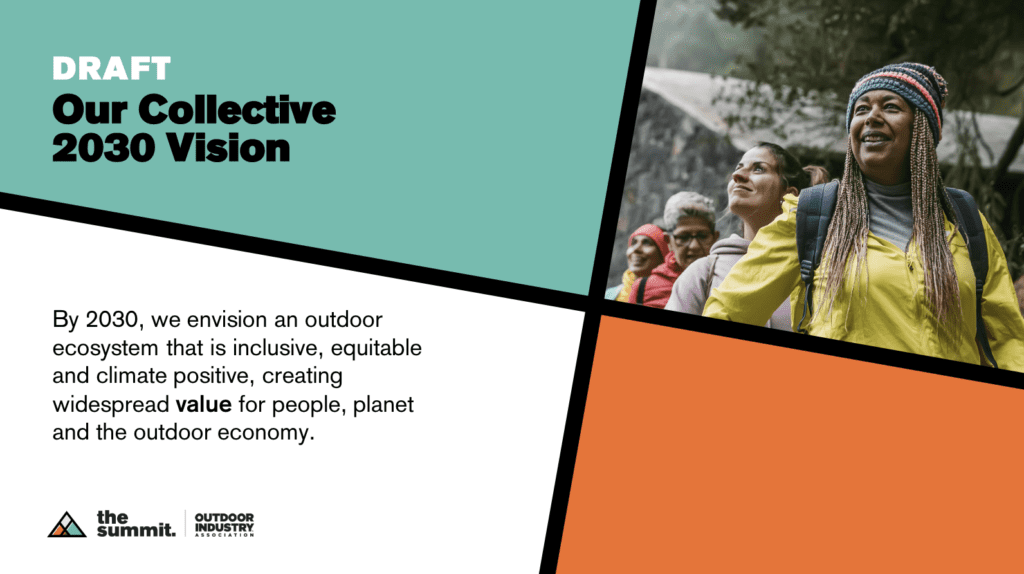 Finalize the
Finalize the 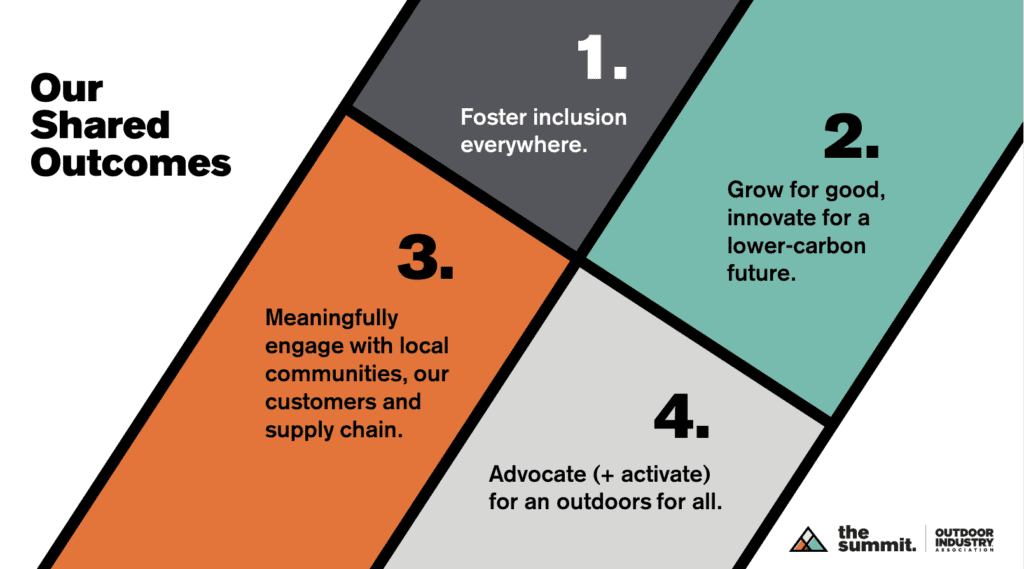 With your feedback and in consultation with partners and members, we will draft the next version of our shared 2030 vision and desired outcomes
With your feedback and in consultation with partners and members, we will draft the next version of our shared 2030 vision and desired outcomes